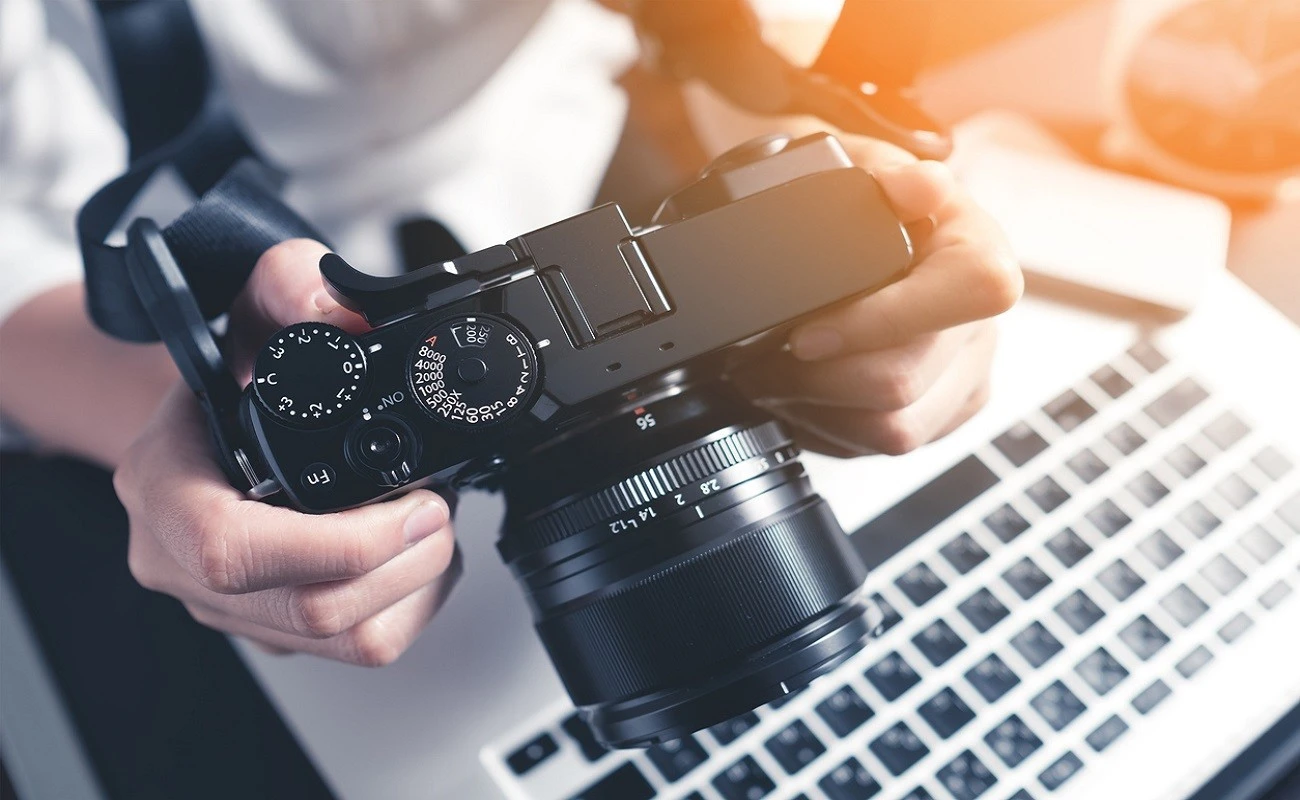It is an amazing tool in the hands of a professional for experiential work, that goes beyond logic and converses with emotion.
Photography is undoubtedly the language of our time. A language always available to everyone, at any time through our mobile phones. It is this familiarity that makes Phototherapy as a method and tool in Coaching and the treatment very popular and friendly, less uncomfortable or intimidating for the client. It is an amazing tool in the hands of a professional for experiential work, that goes beyond logic and converses with emotion.
Photography is not just a collection of information in images, but at the same time a recording of the photographer's perspective. Photography is indeed a choice, a language, it is a means of communication, expression of feelings, moods and thoughts. But the main value lies in what this image evokes in the mind and heart of the viewer, rather than in the visual data, in what it objectively depicts. In essence, each with his personal look creates the importance he attaches to photography and constantly acquires new concepts as he explores it. Thus the meaning and emotional meaning attached to it depends solely on the eyes that look at it. If we show the same photo to ten different people they will tell us ten different stories.
Each photograph carries an innumerable potential not only as a tool to facilitate and support communication, when emotions or experiences are difficult to express in words, but also as a means capable of metaphorically expressing thoughts and feelings, as well as a tool for self-discovery. , self-exploration, useful for improving self-knowledge and self-awareness.
The significance and emotional meaning attached to a photograph depends solely on the eyes that look at it.
What is phototherapy?
In 1975, Judy Weiser, a psychologist and art therapist, wrote the first article in which she used the term "phototherapy", ie the use of photography in therapy as a tool to facilitate self-narration and patient history. .
Phototherapy is an interactive counseling method that uses the interaction with personal or family photos. Photographs taken by the patient / client himself or by others as well as independent photographs provided by the therapist or coach.
Photography allows man to get in touch with his world and himself in a completely new way. When we look at an image that belongs to us, we try to connect the image with the experience and it has the catalytic power to stir up emotions and create projections of concepts that would be difficult to recognize and express in words.
Looking at and re-looking at photos, looking at ourselves, looking at the people who are present in our lives and those who are not, opens a window to a "other" world consisting of representations, emotions and vivid experiences that often do not exist in images we see.
Looking at and editing photos allows us to see ourselves again and experience the memories and emotions evoked by the image. The photographic image is a stimulus that triggers a natural inner conversation. A window opens to the unconscious, in order to find words, to start a journey, a journey that is not limited to the mere observation of the image.
The power of the tool lies in its magical ability to stop time and allow us to deal with the emotions, memories, associations and thoughts that each photo evokes.
In a photograph we can relive the past, reflect on the present, imagine the future. Properly guided by an experienced professional we will discover our personal value system, our criteria and expectations for ourselves and others, our limiting perceptions and patterns of thinking and behaving as well as our dreams, goals and hopes. us. Isn't it impressive?









